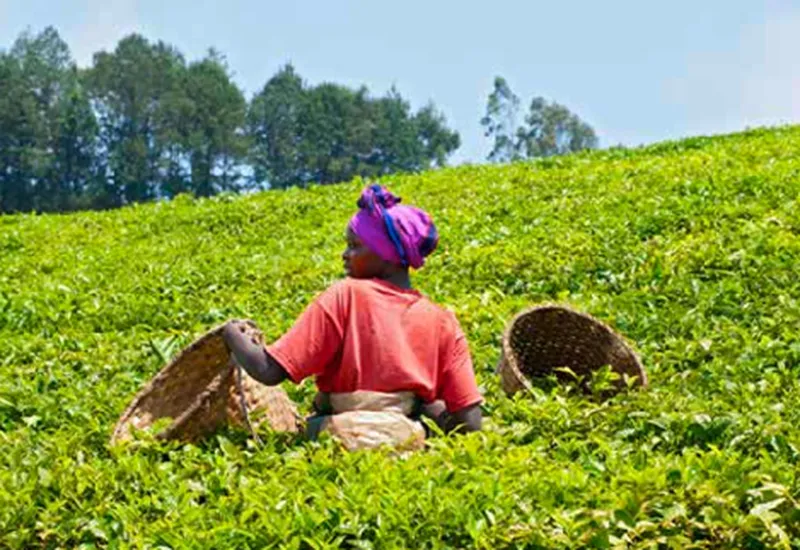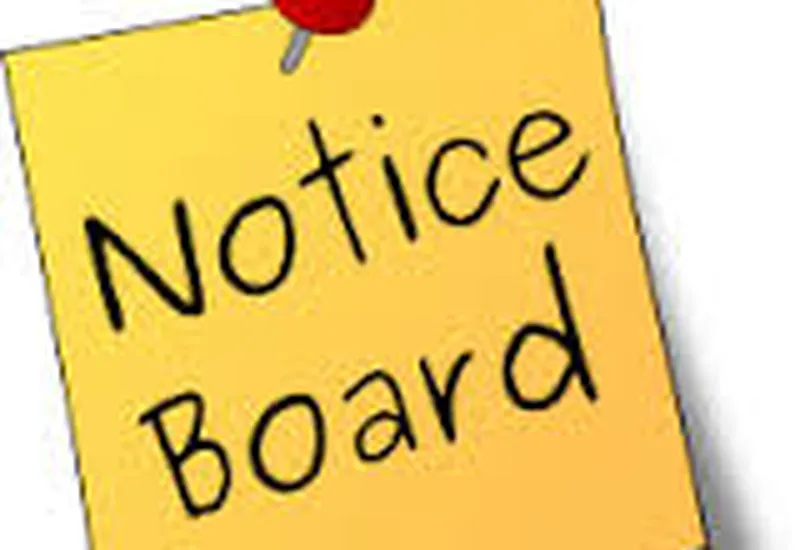7 Quality Management Principles - Part 1/2
7 Quality Management Principles
The QMPs can be used as a foundation to guide an organization’s performance improvement. They were developed and updated by international experts of ISO/TC 176, which is responsible for developing and maintaining ISO’s quality management standards.
This document provides for each QMP:
- Statement: Description of the principle
- Rationale : Explanation of why the principle is important for the organization
- Key benefits: Examples of benefits associated with the principle
- Actions you can take: Examples of typical actions to improve the organization’s performance when applying the principle
The seven quality management principles are:
QMP 1 – Customer focus
QMP 2 – Leadership
QMP 3 – Engagement of people
QMP 4 – Process approach
QMP 5 – Improvement
QMP 6 – Evidence-based decision making
QMP 7 – Relationship management
These principles are not listed in priority order. The relative importance of each principle will vary from organization to organization and can be expected to change over time.
QMP 1 – Customer focus
Statement
The primary focus of quality management is to meet customer requirements and to strive to exceed customer expectations.
Rationale
Sustained success is achieved when an organization attracts and retains the confidence of customers and other interested parties. Every aspect of customer interaction provides an opportunity to create more value for the customer. Understanding current and future needs of customers and other interested parties contributes to sustained success of the organization
Key benefits
- Increased customer value
- Increased customer satisfaction
- Improved customer loyalty
- Enhanced repeat business
- Enhanced reputation of the organization
- Expanded customer base
- Increased revenue and market share
Actions you can take
- Recognize direct and indirect customers as those who receive value from the organization.
- Understand customers’ current and future needs and expectations.
- Link the organization’s objectives to customer needs and expectations.
- Communicate customer needs and expectations throughout the organization.
- Plan, design, develop, produce, deliver and support goods and services to meet customer needs and expectations.
- Measure and monitor customer satisfaction and take appropriate actions.
- Determine and take actions on interested parties’ needs and expectations that can affect customer satisfaction.
- Actively manage relationships with customers to achieve sustained success.
QMP 2 – Leadership
Statement
Leaders at all levels establish unity of pur- pose and direction and create conditions in which people are engaged in achieving the organization’s quality objectives.
Rationale
Creation of unity of purpose and direction and engagement of people enable an organization to align its strategies, policies, processes and resources to achieve its objectives.
Key benefits
- Increased effectiveness and efficiency in meeting the organization’s quality objectives
- Better coordination of the organization’s processes
- Improved communication between levels and functions of the organization
- Development and improvement of the capability of the organization and its people to deliver desired results
- Ensure that leaders at all levels are positive examples to people in the organization.
- Provide people with the required resources, training and authority to act with accountability.
- Inspire, encourage and recognize people’s contribution.
QMP 3 – Engagement of people
Statement
Competent, empowered and engaged people at all levels throughout the organization are essential to enhance its capability to create and deliver value.
Rationale
To manage an organization effectively and efficiently, it is important to involve all people at all levels and to respect them as individuals. Recognition, empowerment and enhancement of competence facilitate the engagement of people in achieving the organization’s quality objectives.
Key benefits
- Improved understanding Objectives of the organization's quality People in the organization by and Increased motivation to Achieve Them
- Enhanced Involvement of People improvement in hoạt
- Enhanced personal development, Initiatives and creativity
- Enhanced satisfaction người
- Enhanced trust and collaboration throughout the organization
- Increased attention to shared values and culture throughout the organization
Actions you can take
- Communicate with people to promote understanding of the importance of their individual contribution.
- Promote collaboration throughout the organization.
- Facilitate open discussion and sharing of knowledge and experience.
- Empower people to determine constraints to performance and to take initiatives without fear.
- Recognize and acknowledge people’s contribution, learning and improvement.
- Enable self-evaluation of performance against personal objectives.
- Conduct surveys to assess people’s satisfaction, communicate the results, and take appropriate actions.
Read more about 7 Quality Management Principles - Part 2 here.











main.comment_read_more